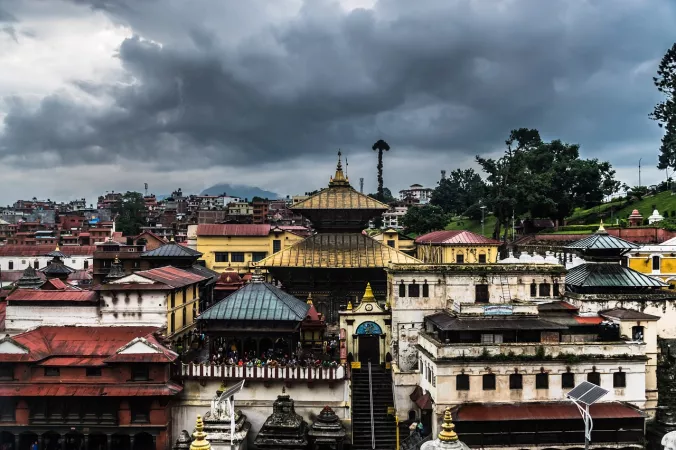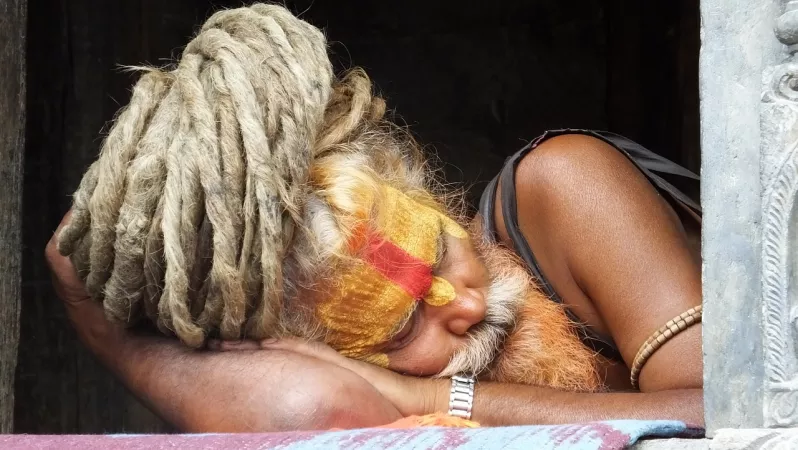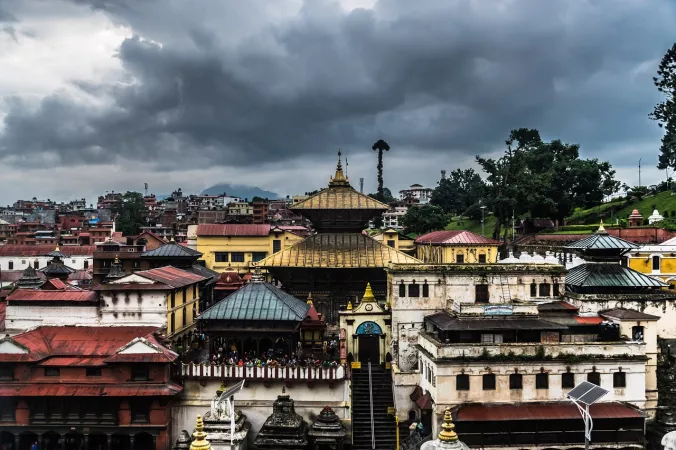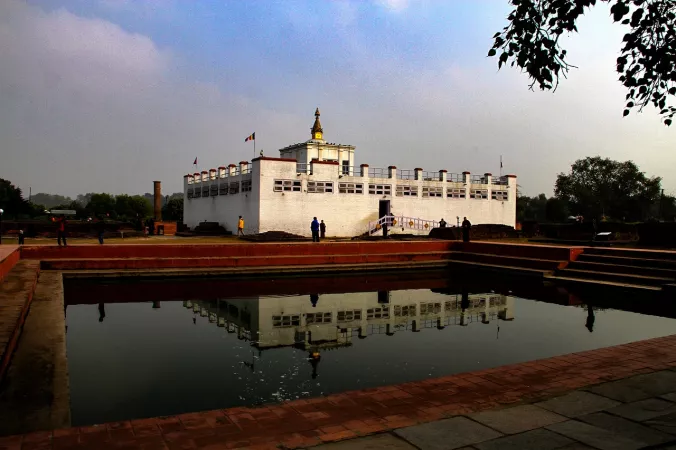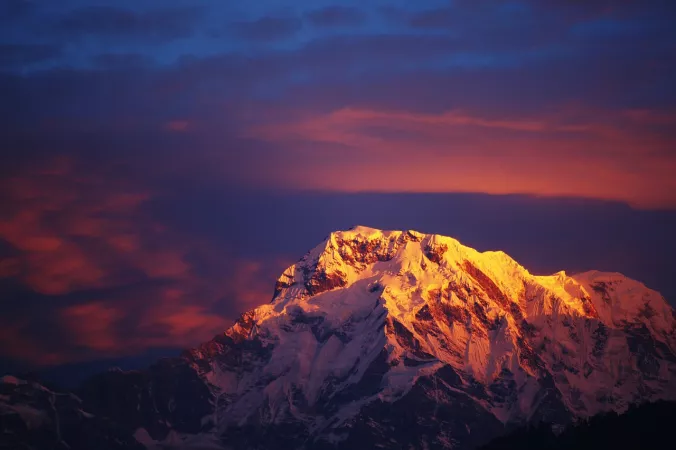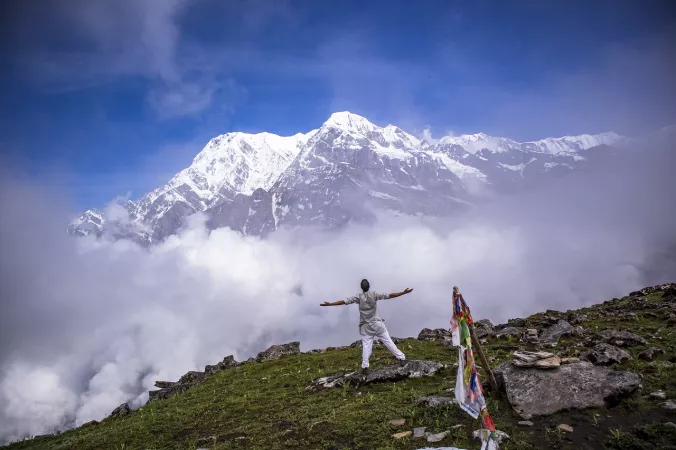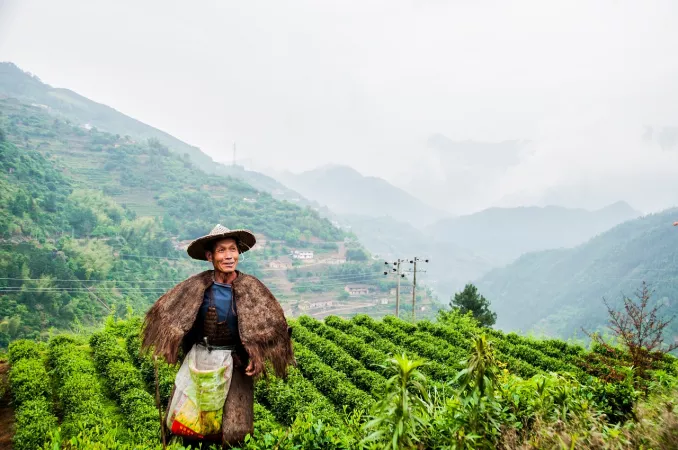
Bhadrapur Travel Guide
Bhadrapur, located in the Jhapa district of Nepal, is a charming destination known for its rich cultural heritage and stunning natural beauty. This town holds historical significance as it was once a major trade route between Nepal and India. Bhadrapur is famous for its lush tea gardens, serene landscapes, and warm hospitality.Top Attractions in Bhadrapur
- Pathibhara Temple
- Ilam Tea Gardens
- Kechana Narayan Temple
- Chandragadi Fort
Bhadrapur is Famous for
Tea GardensTop Attractions in Bhadrapur
- Explore the mystical Pathibhara Temple
- Stroll through the picturesque Ilam Tea Gardens
- Visit the ancient Kechana Narayan Temple
- Discover the history of Chandragadi Fort
What's Great about Travelling to Bhadrapur?
- Scenic beauty perfect for nature lovers
- Rich cultural experiences for history enthusiasts
- Peaceful environment ideal for relaxation
What's Not So Great about Travelling to Bhadrapur?
- Limited modern amenities
- Language barrier for non-Nepali speakers
- Remote location with limited transportation options
Travel Tips for Bhadrapur
- Check visa requirements before traveling
- Opt for local transportation like buses for a cultural experience
- Respect local customs and traditions
Important Bhadrapur trip information
- Ideal Duration: 2-3 days
- Best Time to Visit: September to November
- Nearby Airports and Railway Stations: Bhadrapur Airport and New Jalpaiguri Railway Station
FAQ's on Bhadrapur
Q1: What is the best time to visit Bhadrapur?
The best time to visit Bhadrapur is during the autumn months of September to November when the weather is pleasant with clear skies. This period is ideal for outdoor activities and sightseeing. Spring, from March to May, is also a good time with blooming flowers and moderate temperatures. However, monsoon season from June to August brings heavy rainfall which may affect travel plans.
Q2: Do I need a visa to travel to Bhadrapur?
Most visitors will require a visa to travel to Bhadrapur. However, citizens of certain countries may be exempt or eligible for visa on arrival. It is recommended to check with the Bhadrapur embassy or consulate in your country for specific visa requirements before planning your trip.
Q3: What are the must-visit attractions in Bhadrapur?
offers a range of attractions including the scenic Kechana Jhadi and the religious sites like the Bhadrapur Stupa. Wildlife enthusiasts can explore the nearby Koshi Tappu Wildlife Reserve for a unique experience. The tea gardens and local markets also provide an authentic taste of the region.
Q4: Is Bhadrapur a safe place to travel?
Bhadrapur is generally a safe destination for travelers. It is advisable to take standard precautions against petty theft and to avoid isolated areas at night. Stay informed about local news and follow any travel advisories issued by your government.
Q5: What is the local currency in Bhadrapur and can I use credit cards?
The local currency in Bhadrapur is the Nepalese Rupee (NPR). While credit cards are accepted in some hotels and larger establishments, it is advisable to carry cash for smaller purchases. ATMs are available in major towns for convenient access to money.
Q6: What is the local cuisine like in Bhadrapur?
offers a variety of local cuisines including traditional Nepali dishes like dal bhat (rice and lentils) and momos (dumplings). The region is also known for its tea production, so don't miss trying a cup of fresh local tea.
Q7: What transportation options are available in Bhadrapur?
Transportation options in Bhadrapur include buses, taxis, and rickshaws for local travel. Rental cars and motorcycles are also available for those who prefer to explore independently. Public buses are a common and affordable way to travel between towns.
Q8: Are there any cultural norms or etiquette I should be aware of when visiting Bhadrapur?
Travelers to Bhadrapur should be respectful of local customs and traditions. It is customary to remove shoes before entering temples and homes. Dress modestly, especially when visiting religious sites. Greeting people with a "Namaste" and a slight bow is considered polite in Nepali culture.
Q9: I am a travel agent. How can I buy travel leads of Bhadrapur?
Register yourself as a travel agent at agents.tripclap.com and then you can buy travel leads to Bhadrapur once your account is approved. For more details contact our support team at +91-8069186564 or support@tripclap.com

